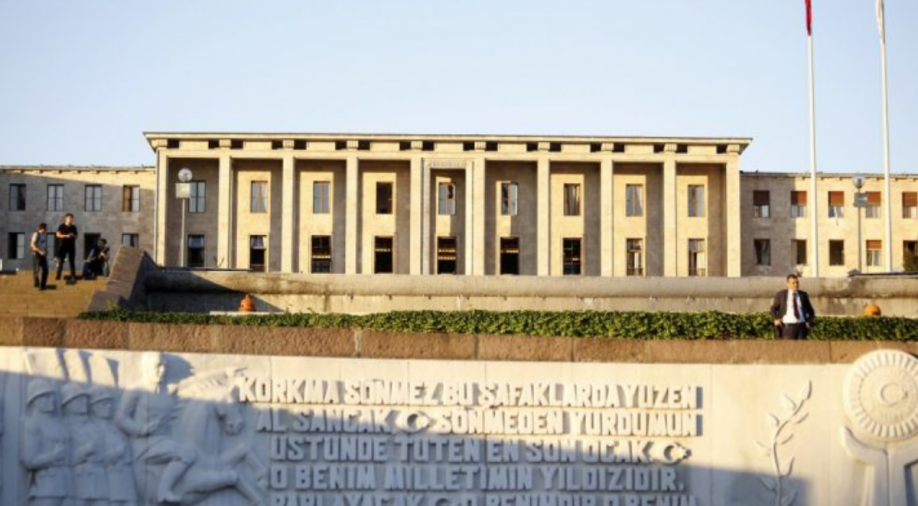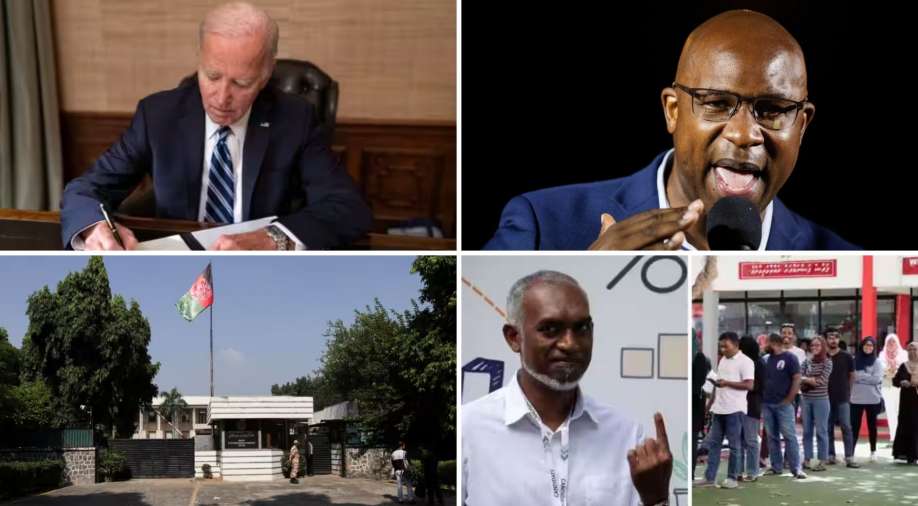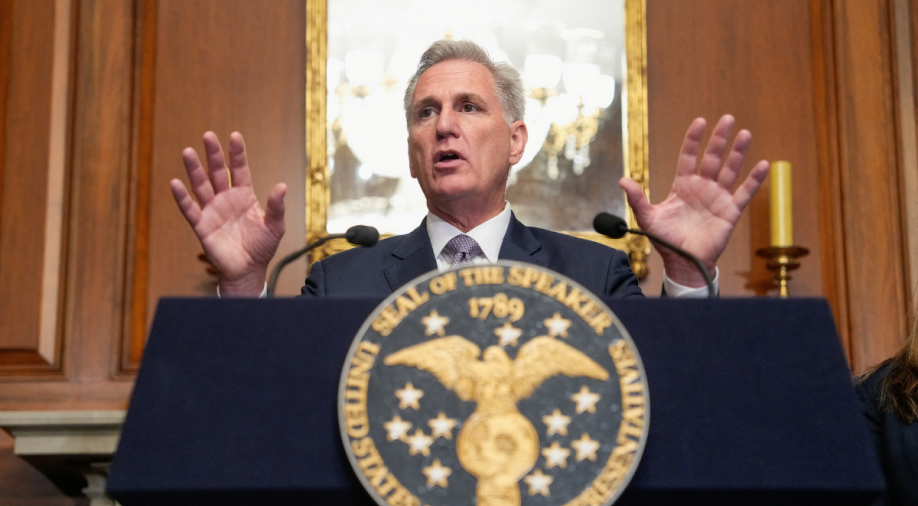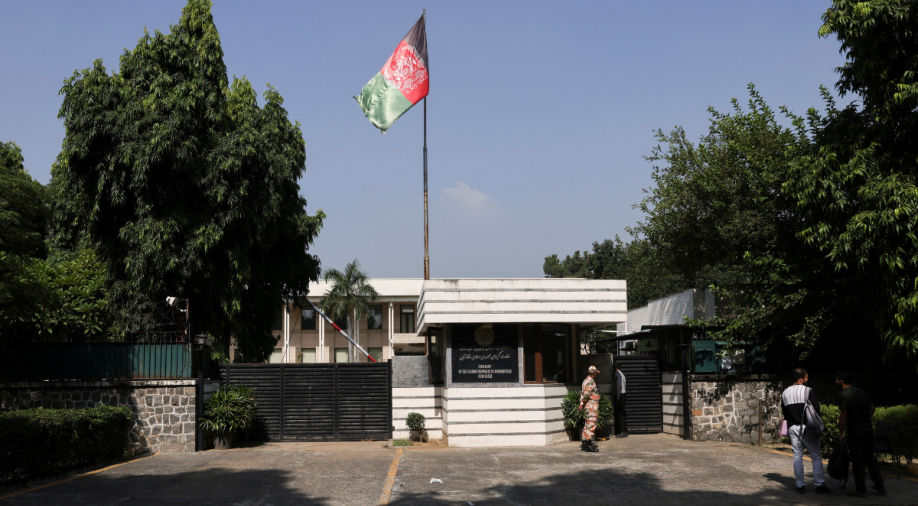Flashback Friday: How an obscure law triggered the first US shutdown in 1980
Will the US government shut down on October 1 if the Congress fails to pass several federal spending bills? That is the question on everyone’s mind.
If the Congress fails to pass 12 key appropriation bills by September 30, the last day of the US government fiscal year, the federal administration would come to a standstill and employees would not be paid for an unspecified period of time.
A full or partial shutdown of the US government is undoubtably going to have a major impact on the world’s largest economy, ranging from lower economic output to delay in the release of key economic data.
trending now
Consequently, the impact of a US shutdown, estimated to be between $6 billion and $13.5 billion each week in total lost economic activity, would leave a significant mark on the larger global economy.
To make matters worse for the US, the shutdown would come at a time when recession fears loom large on the economy.
But shutdowns are not a new phenomena for the US federal government. In fact, the federal administration has shut down at least 14 times since 1981. However, there is a silver lining for the government: most shutdowns have lasted not more than two or three days as the Congress goes on an overdrive to break the deadlock.
Spending in the US has always run on deficit. This was true even before the 1980s, when shutdowns became the order of the day whenever the legislature failed to sanction funds. But prior to the 1980s, the government did not abruptly shut down in the event of a legislative deadlock over federal funding.
Had it not been for a legislative assistant Ron McCluskey, who re-discovered the then-obscure 19th Century Anti-deficiency Act, the United States would never have never undergone so many shutdowns in the last four decades.
To put it in simple words, the Anti-deficiency Act, passed by President Ulysses S. Grant administration in 1870, restricts the federal government from operating in the absence of Congress-backed funding.
Reports suggest that McCluskey alerted Democrat Congresswoman Gladys Noon Spellman about the provision. Spellman, who had been working towards a bill allowing US workers to receive their salaries even amid a funding crunch, wrote to then Comptroller General Elmer Staats for an opinion.
But Staats did not favour a shutdown of the US government. Spellman then asked for a second opinion from the Justice Department. On April 25, 1980, then-Attorney General Benjamin R. Civiletti responded. A 1981 Washington Post report quoted him as saying, “Federal agencies may incur no obligations that cannot lawfully be funded under prior Congressional appropriations.”
This statement sealed the deal for the Jimmy Carter administration, which was already under attack from various quarters for being “weak”.
The US federal government shutdown lasted for one full day on May 1, 1980, coincidently on a day when labour unions across the world commemorate the contributions of workers.
The first-ever shutdown affected the Federal Trade Commission (FTC), after the Congress allowed the bill to provide the watchdog with $55 million to lapse. This happened amid a tussle between the Congress and the Carter-led White House over a bill that would have curtailed the investigation powers of the FTC. Since Carter took office in 1977, many Congress members and business leaders felt that the watchdog was “aggressively monitoring” virtually every segment of the US economy.
Amid the tussle between the White House and the Congress, Carter decided to play hardball. Armed with Civiletti’s extreme interpretation of the Anti-deficiency Act, he decided to shut the FTC till the deadlock over its funding did not end.
On May 1, 1,600 employees of the FTC were furloughed — a term used in the US to mean employees who are on the payrolls but cannot work.
A May 1, 1980 report by the Washington Post noted that the hurriedly announced shutdown compelled the watchdog to halt all its operations. “The order forced staff members to cancel travel plans as well as a major court appearance and a series of activities connected with antitrust and consumer protection cases,” the report added.
But the shutdown ended that evening after both Houses of the Congress approved an extension of funding. The economic cost of the one-day shutdown came to light a year later. In March 1981, the Government Accountability Office claimed that the shutdown led to a loss of $700,000. The loss amounts to over $2 million, when adjusted for inflation in 2022.
recommended stories
recommended stories
For all the latest business News Click Here


)
)
)
)
)
)
)
)
)
)
)
)
)
)
)